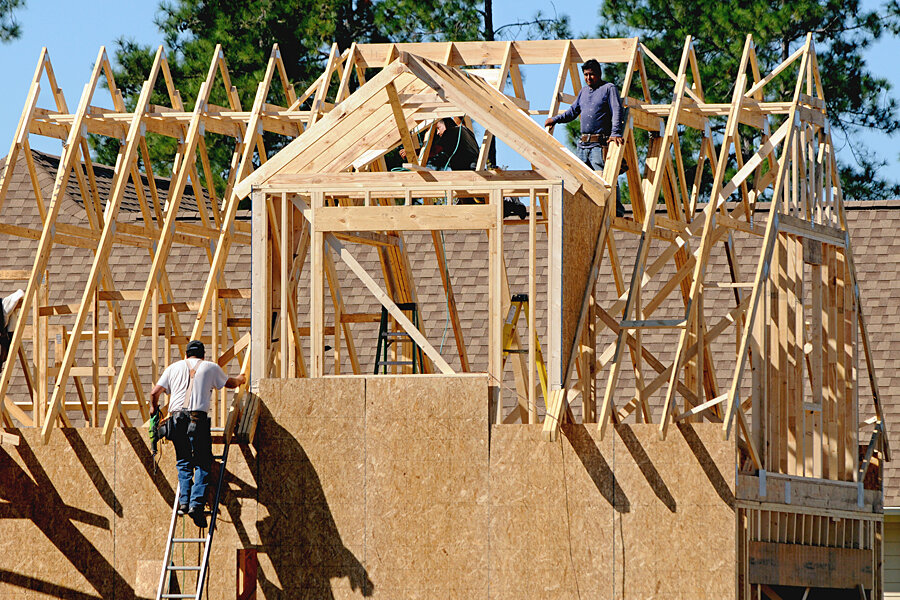US single-family housing starts surge to six-year high
Loading...
| Washington
Groundbreaking for U.S. single-family homes rose in December to the highest level in more than 6-1/2 years and permits surged, in a hopeful sign for the sluggish housing market recovery.
The Commerce Department said on Wednesday single-family housing starts, the largest part of the market, jumped 7.2 percent to a seasonally adjusted annual pace of 728,000-units - the highest level since March 2008.
That offset a 0.8 percent fall in groundbreaking for the volatile multi-family homes segment, lifting overall housing starts 4.4 percent to a 1.09 million-unit rate last month.
Economists had forecast starts rising to a 1.04 million-unit pace.
U.S. stock index futures were trading lower, while prices for U.S. Treasuries edged up. The dollar fell against a basket of currencies.
Housing has lagged an acceleration in economic growth, with tepid wage gains sidelining first-time buyers from the market and forcing many young adults to stay at home with parents or share lodgings with relatives and friends.
Higher house prices and stringent lending practices by financial institutions also have been a constraint.
Weak household formation, in particular, has hurt residential construction. The slow pace at which Americans are setting up homes has been attributed to the high debt loads among recent college graduates as well as the prevalence of low-paying jobs.
Household formation is currently running at about 500,000 a year, far below the more than 1-million mark that would signal a robust housing market.
But with wage growth expected to pick up, the 30-year mortgage rate down more than 80 basis points from early 2014 and moves by the government to ease credit conditions, housing is seen gaining momentum this year and expected to help soften the blow from slowing global economic growth.
For all of 2014, groundbreaking increased 8.8 percent to 1.01 million units, the highest since 2007.
Single-family housing starts in 2014 were also the highest in seven years. In December, groundbreaking on single-family projects in the West hit a seven-year high, while starts in the Midwest were the highest since December 2011.
Groundbreaking in the volatile multi-family homes segment fell 0.8 percent to a 361,000-unit pace.
While overall permits for future home construction fell 1.9 percent to a 1.03 million-unit pace, they were dragged down by an 11.8 percent plunge in the multi-family segment.
Single-family permits rose 4.5 percent to their highest level since January 2008, with permits in the populous South hitting their highest level since February 2008. (Reporting by Lucia Mutikani; Editing by Paul Simao)





